Light Shadows and Reflection
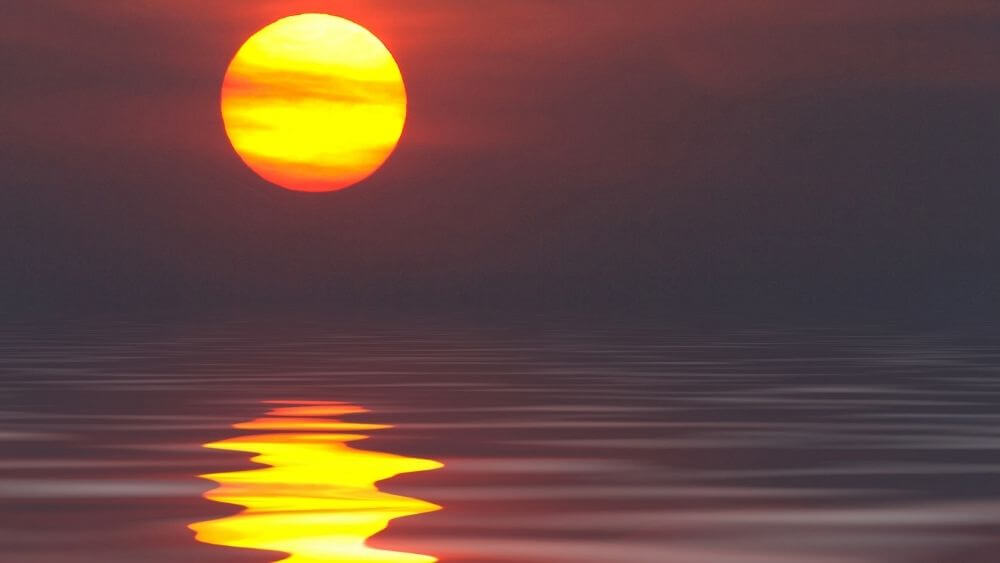
Light is a very important part of our lives. Without light, the existence of life is not possible. Light helps us to see things around us. During the day it is the sun that provides us with light to see. At night, we use electric bulbs, tubes, torches, etc. to see.
Contents
LIGHT AND IT’S SOURCES
Light is a form of energy. Light itself is not visible but in its presence other objects become visible. The objects that emit light are called the sources of light. These sources may be natural or artificial.
1. Natural Sources of light
The light provided by nature is natural light. On earth, the sun is the main and the brightest natural source of light. The stars are also natural sources of light.
2. Artificial sources of light
The man-made sources of light are called artificial sources of light. For example; bulbs, tube light, torches, candles, etc. are artificial sources of light.
3. Luminous and non-luminous objects
The objects that produce their light are known as luminous objects. For examples, the sun, the stars, candle flames, torches, etc. When we look at a luminous object, light from it reaches our eyes, so we can see it.
The objects that do not produce their light are called non-luminous objects. For example, the moon, the earth, tables, books, chairs, etc. are non-luminous objects.
A moon is a non-luminous object because it gets light from the sun. Sunlight reaches the earth after striking the moon due to which the moon shines.
TRANSPARENT, TRANSLUCENT AND OPAQUE OBJECTS
There are different kinds of materials around us. Light can pass completely through some of these materials, while some of them completely block light from passing through them. The materials or substance through which light can pass is called the medium. Depending upon their behaviour towards the light, the material or object medium can be of three types, i. e. Transparent, translucent and opaque.
1, Transparent
If an object allows light to pass through it completely, it is called transparent. Transparent materials enable us to see things clearly through them. For example; clean water, clear glass, clear air, cellophane paper, etc.
2. Translucent
If an object allows only a small amount of light to pass through it, it is translucent. As a result, we are not able to see clearly through the translucent object. For example; wax paper, greased paper, ground glass, etc.
3. Opaque
An opaque object does not allow any light to pass through it. So we are not able to see anything through an opaque object. For example; clay, wall brick, wood, black paper, etc.
SHADOW
A dark patch of an object on any surface is its shadow. A shadow is formed when light rays are blocked by opaque objects we see shadow only, when
1. Light is available.
2. The light is unable to pass through on an object, i.e. the object is opaque
3. There is a screen, wall or ground present behind the objects on which Shadow will be formed.
Now we all know that light travels in a straight line. If an opaque object is kept between the source of light and a screen, wall or ground the light is unable to pass through the opaque object. So, some portion of the screen remains dark because light does not reach there. This dark portion is the shadow of the object. Opaque objects have a dark shadow. Translucent objects do not have Shadow.
REFLECTION
The returning of light into the same medium after it falls on a surface is called a fraction
As we all use mirrors. You look into the mirror and see your face inside the mirror. And that you are seeing in the mirror is the reflection of your face.
We also see reflections of other objects that are in front of the mirror. Sometimes, we see reflections of trees, buildings and other objects in the water of a pond or a lake.
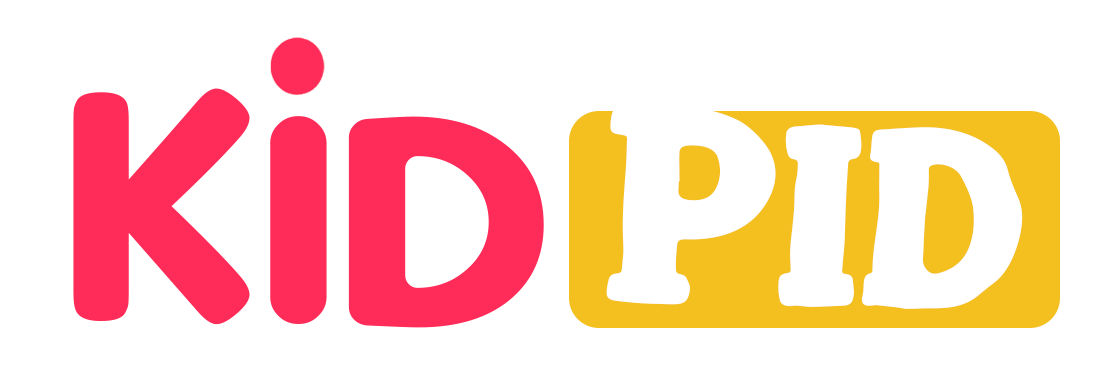

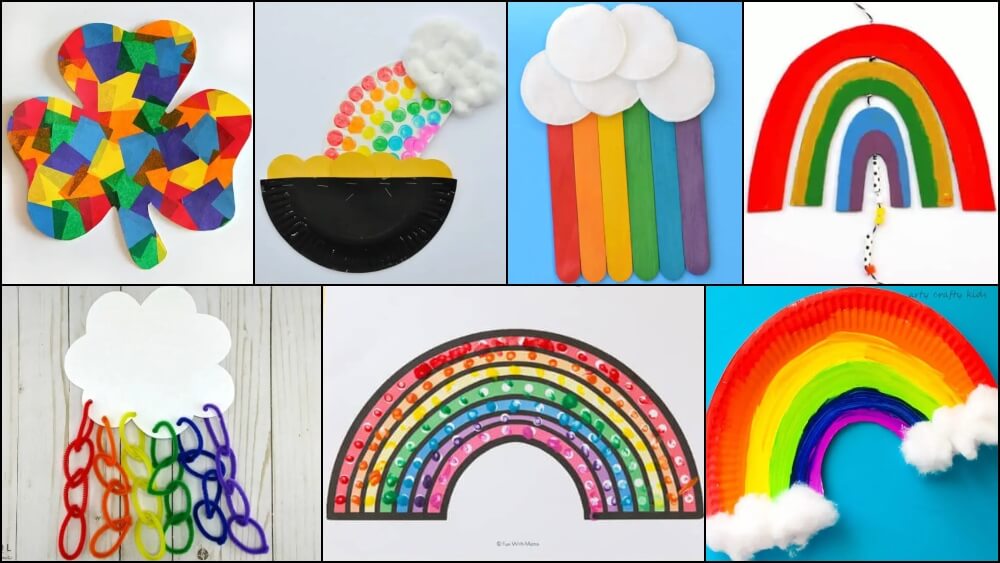
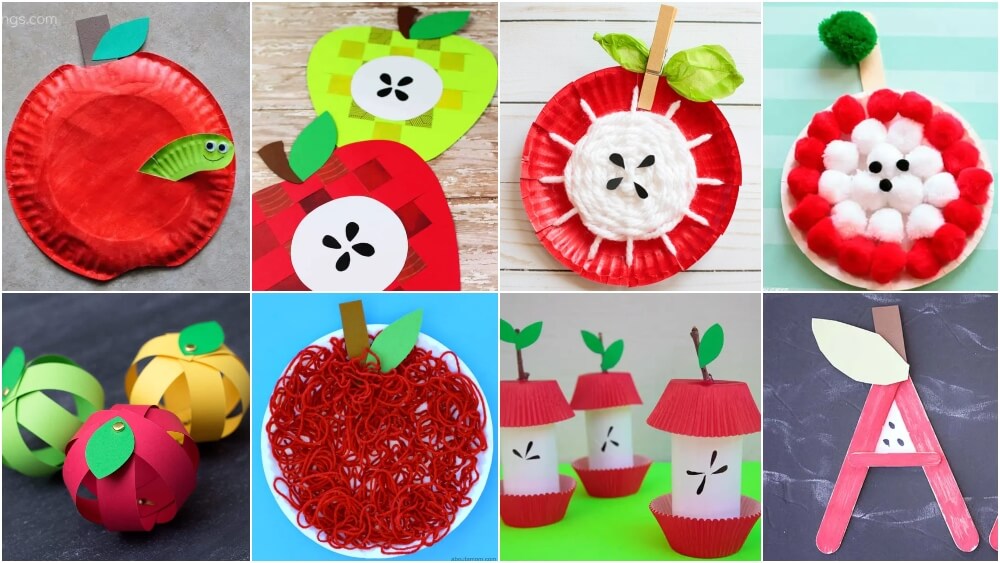
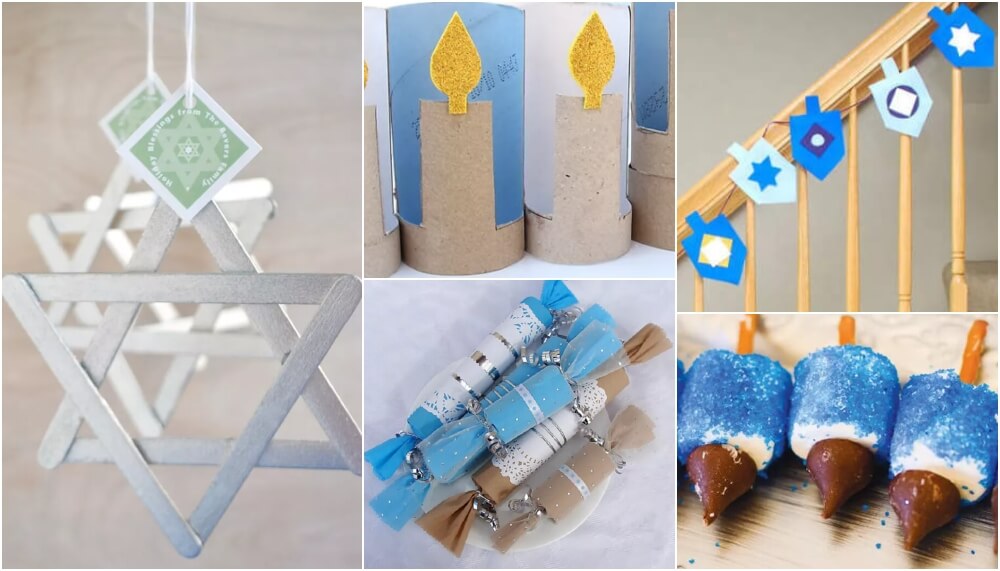
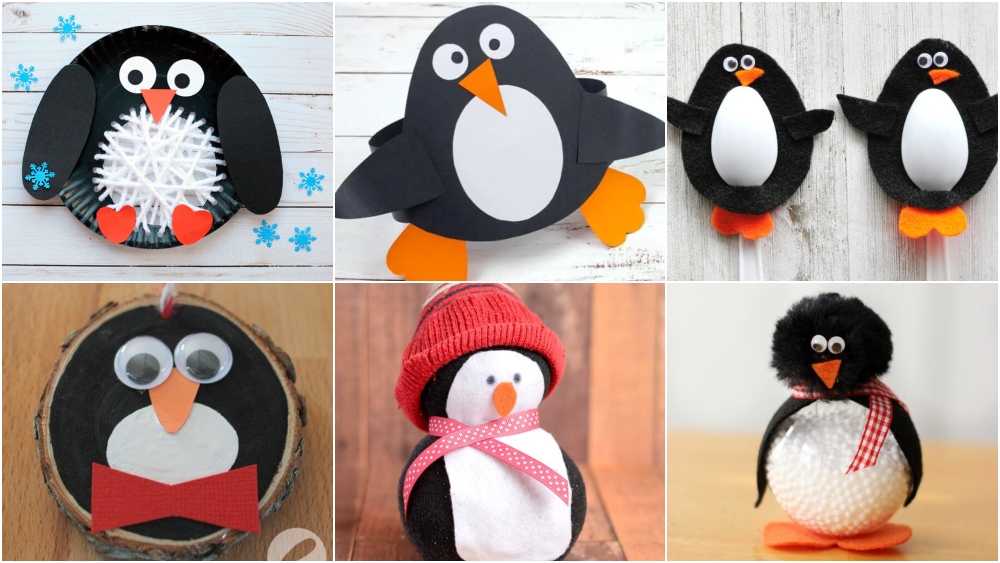
Responses